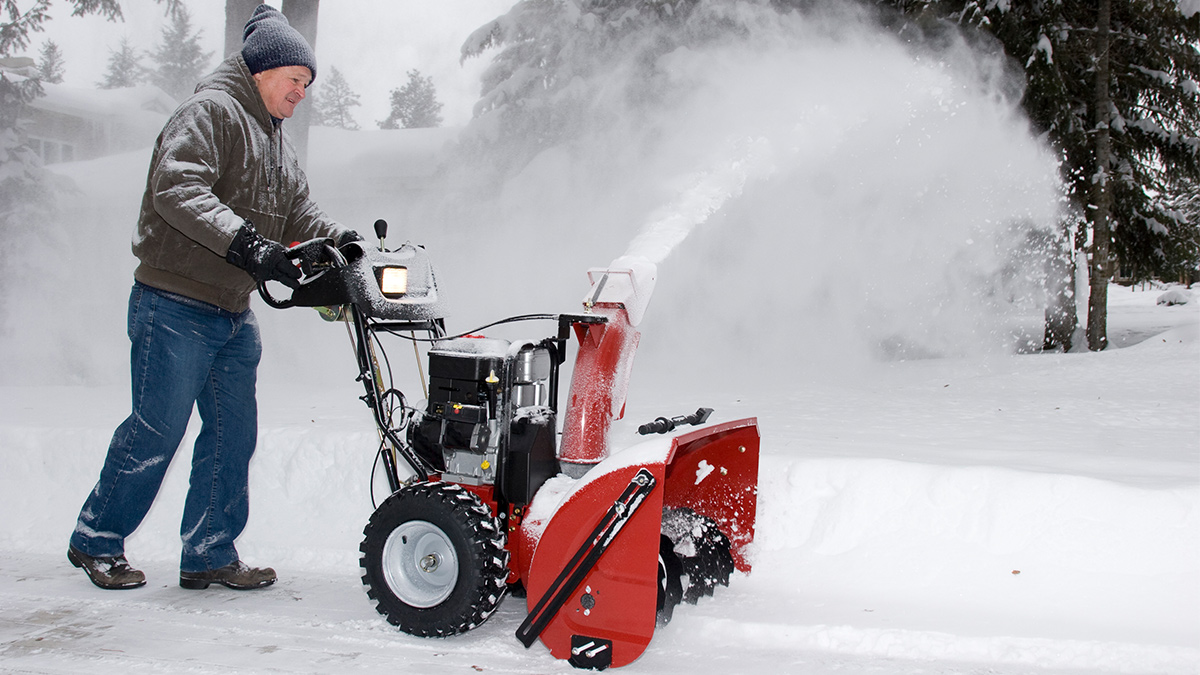Generally with todays vehicles it’s not an issue but you should check the particular recommendations in the owners manual John Baker | Oct 08, 2018 11:51 AM Motorists sometimes ask if they should use a lighter viscosity of motor oil once winter arrives. Yes – provided your vehicle manufacturer allows it. Run out to your […]
You are browsing archives for
Tag: Winter
What’s the Best Oil for My Snowblower?
What’s the Best Oil for My Snowblower? Using a high-quality, purpose-built oil can provide extra protection for your snowblower’s engine. _by Brad Nelson|November 10, 2023 When a snowstorm hits, you need your snowblower to fire up and help you get the job done. But snowblower engines face unique challenges that can reduce their dependability, horsepower […]
How to Store Your Lawnmower in Winter
How to Store Your Lawnmower in Winter Proper storage ensures your lawn equipment will run well for years. September 26, 2023 Winter is on the horizon and it’s time to store your lawnmower and other lawn and garden equipment through the colder months. The following tips will help you maximize the life and performance of […]
The Grizzly Lodge in British Columbia Re...
The Grizzly Lodge in British Columbia Relies on AMSOIL _by David Hilgendorf|October 24, 2022 The Grizzly Lodge relies on generators, groomers, snowmobiles, snow bikes and track trucks in subzero day-to-day operations. Owner Adam Trainer discusses the extreme conditions his equipment faces and why he trusts AMSOIL products to protect all of it. AMSOIL: What do […]



